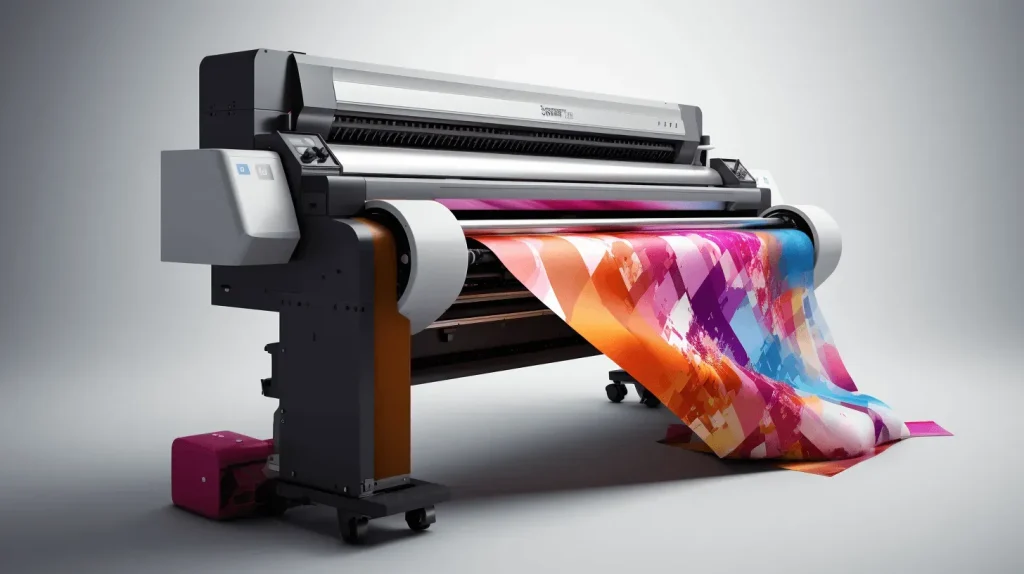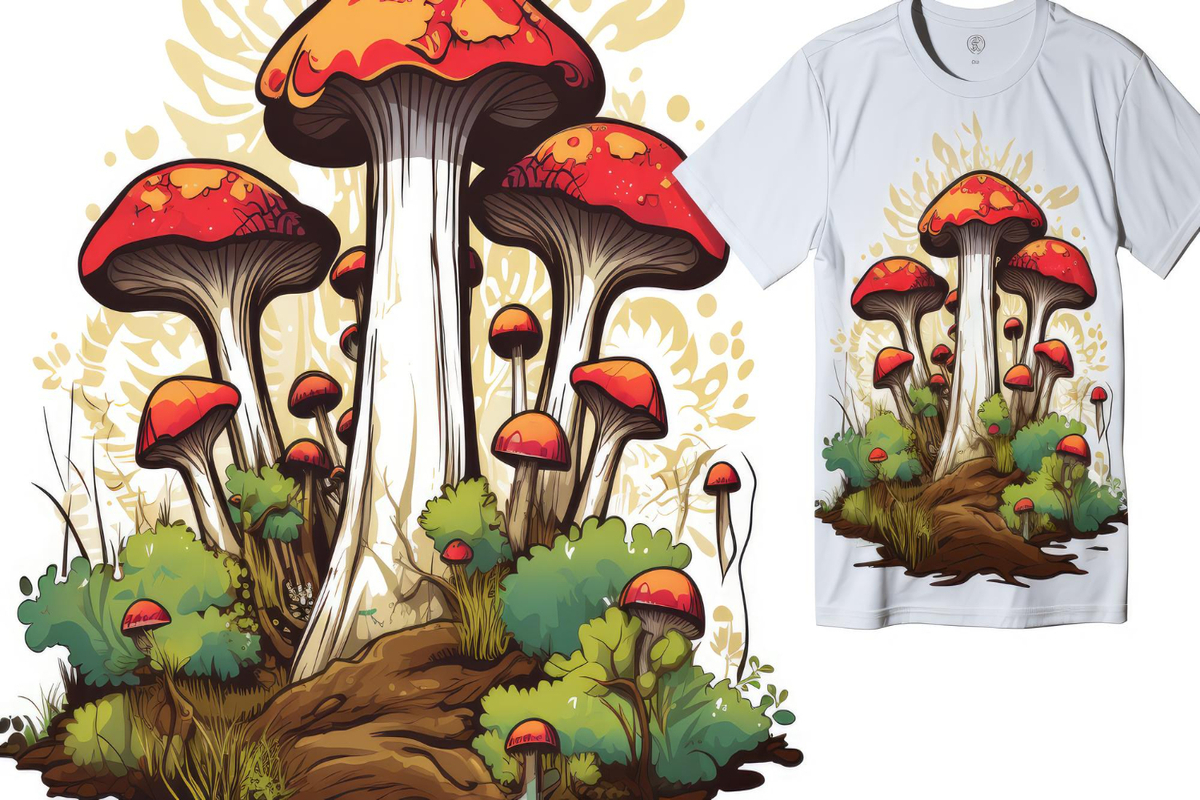DTF printing, or Direct-to-Film printing, is rapidly transforming the way designers approach garment decoration. This innovative technique allows for the creation of vibrant prints on fabrics, elevating the quality and detail of custom apparel. Both businesses and creative enthusiasts have embraced the DTF printing process for its versatility, efficiency, and eco-friendly printing capabilities. By understanding how DTF printing works, you can produce stunning designs that stand out in the competitive market. This guide will provide you with essential insights and tips to successfully navigate this cutting-edge printing method.
Direct-to-Film printing, also known as film transfer printing, is a groundbreaking method revolutionizing textile design. It offers an intricate process that ensures high-quality prints with stunning colors on various materials. Many artists and retailers are turning to this modern solution for garment embellishment, utilizing advanced techniques to create personalized designs. The eco-conscious nature of this printing method further appeals to those looking to minimize their environmental footprint while still producing eye-catching apparel. In this article, we will delve into the nuances of this innovative printing technique and explore how it can enhance your creative projects.
What is DTF Printing?
Direct-to-Film (DTF) printing is a cutting-edge technology for garment decoration that allows for exceptional print quality and detail. This process involves printing vibrant designs onto a specialized film using eco-solvent inks, which are then transferred onto fabrics. With DTF printing, artists can create stunning, full-color graphics that are durable and long-lasting, making it a popular choice for both commercial businesses and individual creators.
One of the key benefits of DTF printing lies in its versatility. It can be used on a wide range of materials, including cotton, polyester, and blends, thereby enabling designers to experiment with various textiles without the constraints that often accompany traditional printing methods. This has resulted in a revolution in garment decoration, allowing for a broader scope of creativity and customization in fashion and promotional items.
Frequently Asked Questions
What is DTF printing and how does it work?
DTF printing, or Direct-to-Film printing, is a modern method used in garment decoration that involves printing designs on a special film using eco-solvent inks. The printed film is then transferred onto a fabric via a heat press, resulting in vibrant prints on various materials like cotton and polyester blends.
What are the essential pieces of equipment for successful DTF printing?
To achieve optimal results in DTF printing, you need a DTF printer specially modified for this process, hot melt adhesive powder, a heat press for transfer, and design software like Adobe Illustrator or CorelDRAW to create and prepare your artworks.
Why is DTF printing considered eco-friendly?
DTF printing uses eco-solvent inks, which minimize environmental impact compared to other printing methods. Additionally, the process produces less waste and can print on various materials, reducing the need for synthetic substrates.
How do you ensure quality prints with the DTF printing process?
Success in the DTF printing process hinges on several factors: conducting test prints for settings optimization, checking material compatibility for adhesion, and maintaining equipment regularly to avoid production issues.
What are the advantages of using DTF printing for garment decoration?
The DTF printing process offers several advantages, including the ability to create vibrant, detailed prints that adhere well to a variety of fabrics, lower production costs due to its versatility, and the potential to produce custom designs efficiently.
How is the DTF printing process evolving in recent trends?
Recent trends in DTF printing highlight a focus on sustainability with eco-friendly inks, innovations that allow for lower temperature applications suitable for heat-sensitive fabrics, and market expansion into various industries, including fashion and home decor.
| Key Component | Description |
|---|---|
| DTF Printing Process | A method of printing designs onto a special film and transferring them onto fabric using heat. |
| Essential Equipment | Includes DTF printer, hot melt adhesive, heat press, and design software. |
| Design Creation | Use graphic design software to prepare your artwork tailored to the fabric. |
| Testing and Quality Control | Conduct test prints and inspect for imperfections to ensure quality. |
| Sustainability and Market Trends | Focus on eco-friendly materials and expanding applications in various industries. |
Summary
DTF printing is an innovative method that transforms garment decoration by allowing users to create vibrant, high-quality prints. This process involves a series of critical steps, starting with designing artwork and culminates in the careful application of prints onto fabrics using heat. To achieve the best outcomes, specific equipment like DTF printers, hot melt adhesives, and heat presses are essential. Additionally, staying abreast of trends such as sustainability and technological advancements is crucial for success in DTF printing. Understanding these components not only enhances your printing capabilities but also opens new avenues for creativity and business growth.



